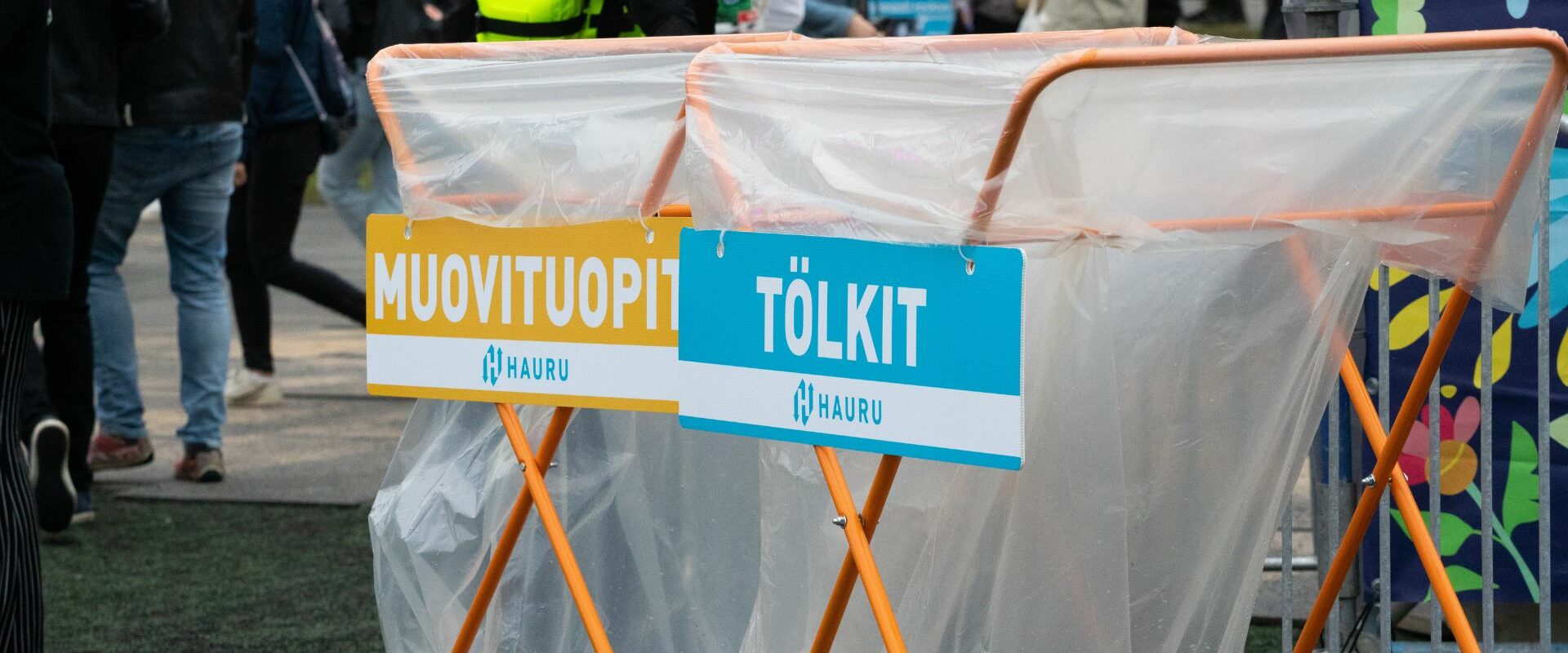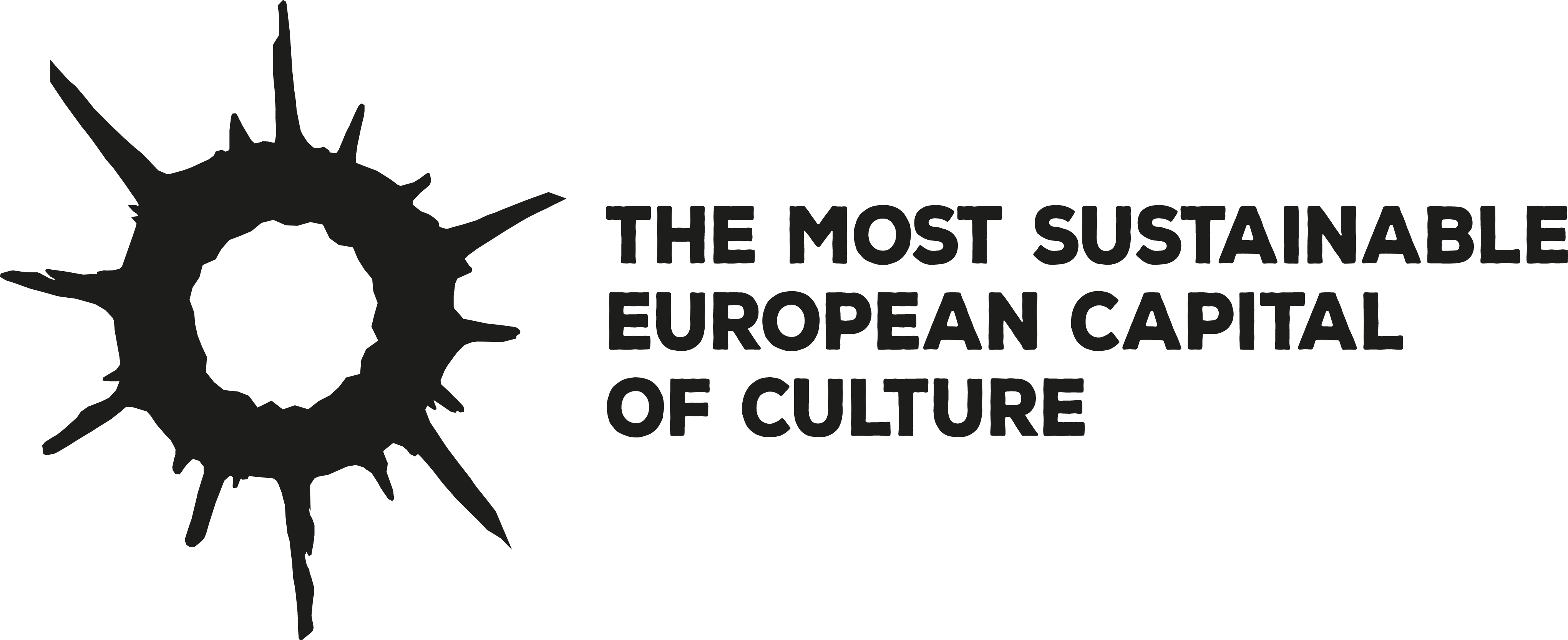Waste Composition Measurement at Festivals

Hauru Oy’s and Macon Oy’s waste separation and composition examination at the Qstock Festival
Separation of waste bin contents during the Qstock weekend yielded a lot of data that can help increase recycling rates: the easiest way to reduce the carbon footprint is by separately recycling plastic beer mugs, which requires reducing the amount of used plastic types at the festival.
Innovation Trial
In the trial organized by Hauru, the waste management company working at Qstock, and environmental consultant Macon, waste composition was analyzed, i. e. different varieties of waste and their amounts in the composition. Simultaneously, the functionality of separate collection was studied when used by customers and staff.
Hauru’s Smart Festival Waste Management Concept included, on top of waste management, monitoring of waste bin fullness with Jaete surface measurement sensors and reducing the carbon footprint of waste management. Waste composition analysis and waste bin monitoring give information about what kind of waste bins are needed at festivals and where they should be placed in order to decrease the carbon footprint further. This time there were mixed waste bins, plastic beer mug bins and cardboard waste bins in use in the festival area for the attendees. In the bar and restaurant area, the staff had organic waste bins, waste bags and bins for schnapps glasses in use. Cable tie bins, cardboard trolleys and glass waste bins were placed by each stage.
Results
About 16 637 kg of waste was accumulated during the festival including mixed waste, cardboard, organic waste and packing plastic. Only 14 % of the waste collected at the festival ended up being recycled.
If all waste were burned as combustible waste, the carbon footprint would be about 6 654,8 kg CO2‑e. Waste transportation caused about 104.1 kg CO2‑e of emissions. Altogether, the carbon footprint is 6 758,9 kg CO2‑e if everything is categorized as combustible waste. When the recycled material and combustible waste are combined, the carbon footprint is 5 857 kg CO2‑e: recycling reduced the carboon footprint by 902 kg CO2‑e.
The most efficient way to enhance recycling at festivals is the separate collection of plastic waste. The easiest plastic waste to be recycled was the waste in staff’s waste bag stands that included plastic film from can packages. Simulaneously, cable tie waste had ended up among mixed waste instead of plastic waste. Due to the large amount of plastic waste at festivals, it is easier to reduce the amount of plastic types used instead of investing in exact waste separation. If the acquisitions focus on only one type of plastic in drinking vessels, recycling would be qualitatively sensible.
The recycling of combustible waste and tissue paper improved with separation instructions: dirty tissue paper can be recycled as organic waste in order to reduce the carbon footprint of combustible waste. Additionally, organic waste will be recycled better when placing organic waste bins by restaurants for customer use. The recycle rates of cardboard and paperboard waste can also be improved by placing waste bins closer to cafe and restaurant areas and by offering better recycling instructions.
Briefly
- The trial was organized by Hauru and Macon.
- The event was the 2021 Qstock Festival on July 30–31, 2021 in Oulu.
- ● The trial analyzed the composition and amount of waste accumulated at the festival as well as its carbon footprint, solutions were developed for easing waste seperation and reduction of the carbon footprint.


